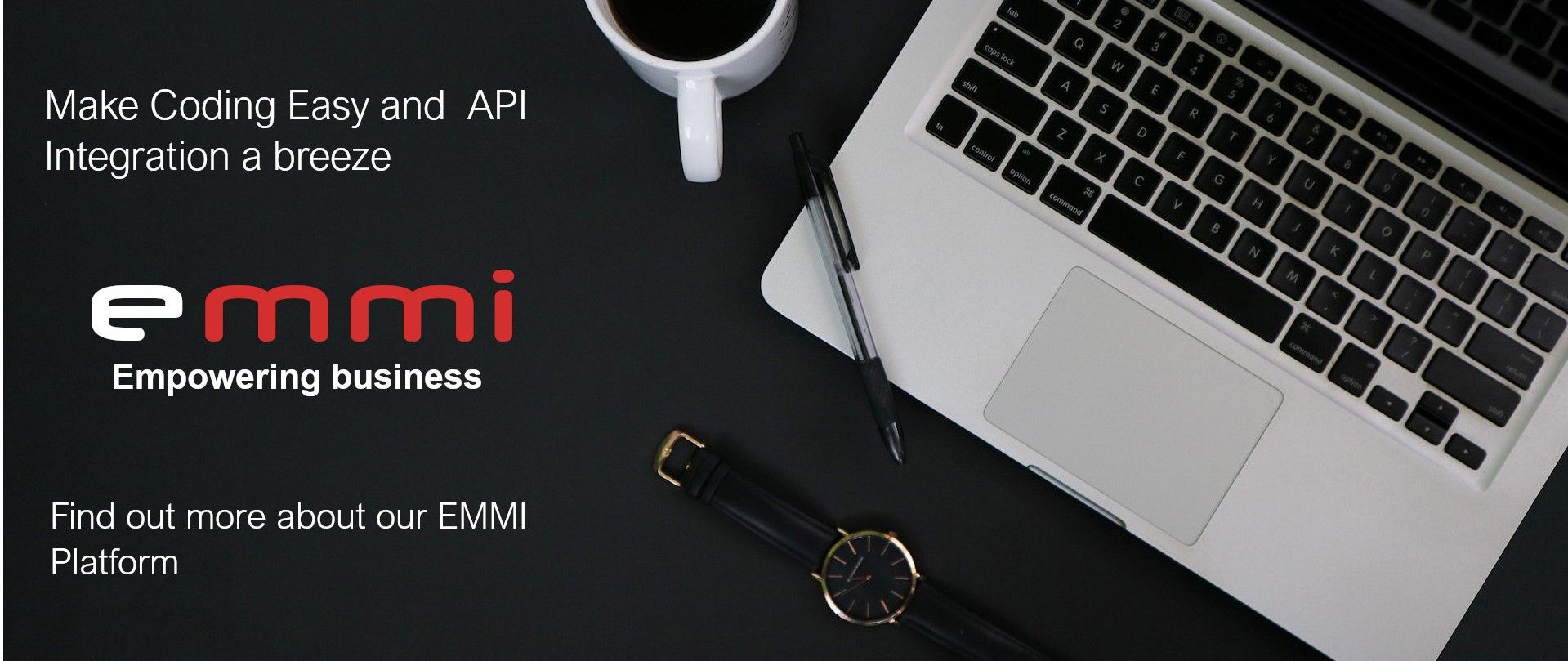
Go4IT Home
PCI DSS Certification in Travel Technology
June 18, 2021

Foreign or unknown organizations seeking to access private data are effectively blocked by firewalls. Organizations should develop firewall and router standards that provide a uniform approach for granting or rejecting network access rules. Configuration rules should be evaluated every two years, and all unauthorized traffic should be restricted.
The majority of operating systems and electronics have factory default settings such as usernames, passwords, and other vulnerable setup options. These default identities and passwords are simple to guess, and many of them may be found on the Internet. This criterion prohibits the use of default passwords and other security settings.
Basic safeguards and settings should be implemented in addition to a device/password inventory (e.g., changing the password).
To begin, you must first determine all of the data you wish to keep, as well as its location and timeframe of retention. Many times, service providers or merchants are unaware that they are storing unencrypted primary account numbers (PAN), therefore using technology like card data detection becomes critical. Certain systems must be used to encrypt card data. These encryptions are implemented using encryption keys, which must likewise be encrypted in order to be compliant. This regulation also contains guidelines for displaying key account numbers, such as disclosing only the first six and last four digits.
Cybercriminals may obtain access to cardholder data when it is transmitted via public networks. Criminals are less likely to get substantial access to data if it is encrypted before being sent and decrypted when it arrives using a secure version of transmission protocols such as TLS, SSH, and others.
The PCI DSS mandates a proactive and continuous strategy to detecting vulnerabilities in payment card systems. This is known as a vulnerability management program, and the first guideline in implementing one is to install an anti-virus solution on all desktops, laptops, and mobile devices via which employees may access the system. Because malicious software threats are continuously developing, security software must be appropriately set and updated on a daily basis.
It is critical to develop and implement a strategy for identifying and categorizing the risk of security vulnerabilities in the PCI DSS environment using credible external sources. Organizations must reduce the possibility of vulnerabilities by releasing essential updates on schedule.
In order to install strong access control measures, service providers and merchants must be able to give and deny access to cardholder data systems. This criterion is all about role-based access control (RBAC), which provides need-to-know access to card data and systems. A person or entity may ask for data not required for the present job; such request would not be approved and would therefore not be accepted. As a result, an access control system must evaluate each request not only on the grounds of the requesting agent but also on the basis of circumstances. It must therefore refuse any application which is not expressly allowed.
Each authorized user must have a distinct identity, and passwords must be sufficiently difficult. This guarantees that any access to cardholder data may be traced back to a known user or at the very least instantly identified as illegal. A two-factor authorisation is necessary for remote access.
On-site access control is required for security, which not only restricts but also monitors and tracks movement within a facility. Unauthorized entities might obtain access to the system and steal, disable, disrupt, or destroy essential systems and cardholder data if physical access restrictions were not in place. You'll need to set up an access system that allows you to tell the difference between authorized visitors and workers. Physical protection is required for all detachable or portable media carrying cardholder data.
Log files, system traces, or any technology that allows tracking of sensitive data access is important in avoiding, discovering, or mitigating a data breach. PCI DSS seeks to avoid attacks by forcing businesses to regularly monitor and verify their networks. Real-time Monitoring and logging, as well as forensic methods, are vital. However, in order for these systems to be effective, they must be built on a solid basis. This criterion concentrates on the foundations, such as the ability to connect all network traffic to a single user.
Wireless access points used to obtain confidential information must be tested every quarter. Internal and external vulnerability checks are necessary at least once a quarter, and more frequently if a substantial network change has occurred.
It's important that every employee understands what's expected of them in terms of protecting your clients' sensitive information. The sensitivity of the data, as well as individual and organizational responsibility for preserving it, should be understood by all employees.
For compliance, a list of all of the equipment, software, and personnel with access will be required. It is also necessary to document how information enters your firm, where it is held, and how it is used after the point of sale. At the very least, complying with PCI Security Standards appears to be a challenging task. Compliance is becoming increasingly essential, and it may not be as difficult as you think, particularly if you have the appropriate tools.





